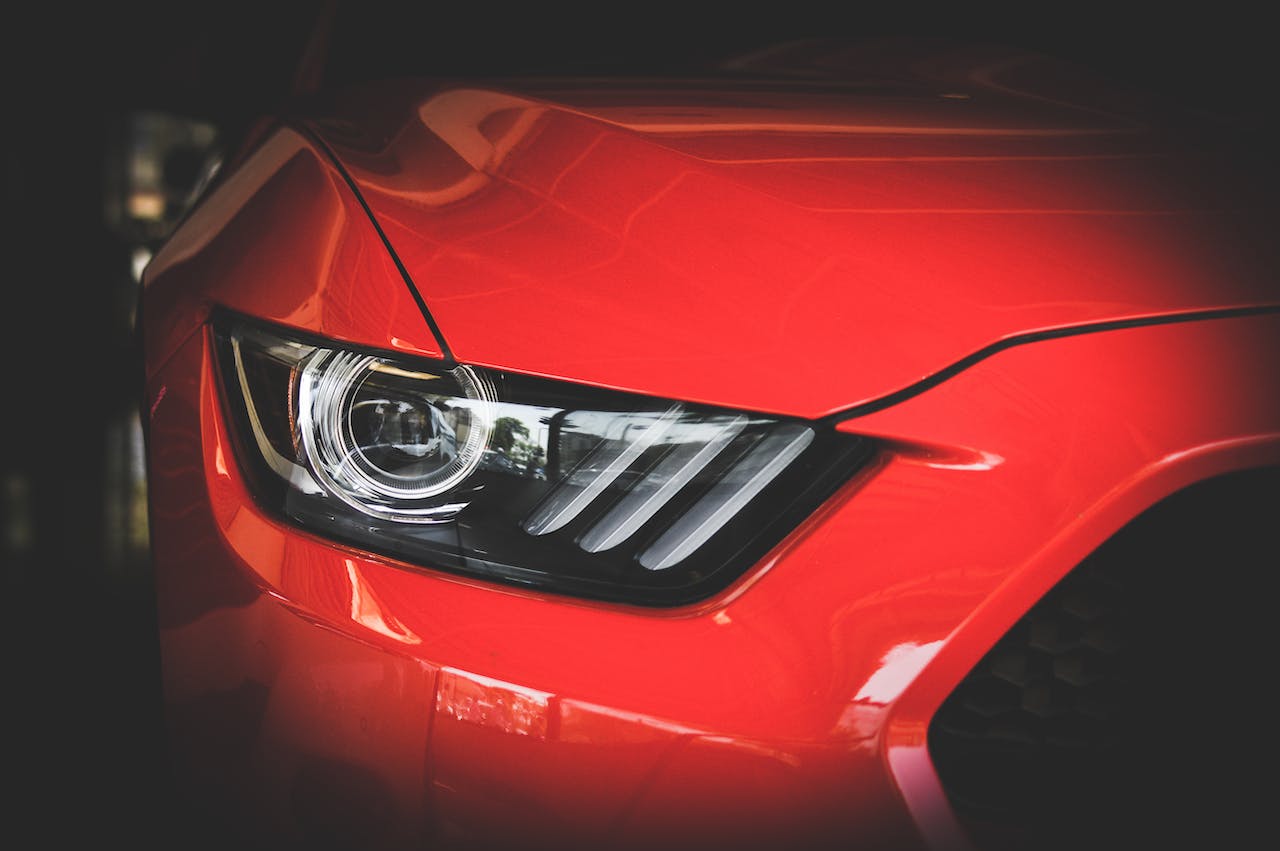When we see a beautiful car, the first thing that most of us notice is its paint. Not just the color but the whole paint finish if it has a beautiful high-gloss shine or a pleasing soft color. Automobiles have evolved through the years as well as their paints which protect and beautify them. Aside from evolving from natural products to synthetic ones, the method of applying car paint also evolved from hand painting to fully automated machines. Let’s take a look back on how car paint evolved in time. And you can also click the link to contact the expert and most reputable panel beaters grey lynn.
In the early 20th century, automobiles were hand painted just like how horse-drawn carriages were painted. The paint used in those times were natural-based such as linseed oil and natural pigments. The painting process was tedious because brush application of multiple coats was required and painted cars took days to dry. This process was a serious tailback in the automotive business.
DuPont greatly improved the automotive paint system in 1923 when they developed nitrocellulose lacquer paints and primers to speed application and dry time to a week or less. Spray guns were used to apply this type of paint and it helped speed up vehicle assembly time. This helped cut down the time required to paint a car but it still required labor-intensive and time-consuming hand rubbing to make the paint finish shiny. Also, lacquers have poor resistance to certain petroleum-based solvents. For example, repeated exposures to gasoline spills could damage lacquer finishes. Automobiles with gas filler spouts on their fenders had a problem with this type of paint.
In the 1930s, the alkyd enamel paints were introduced to the automobile paint technology. Enamel paints were generally a thicker material which required fewer coats. This type of paint formed a very durable film after they were sprayed on the vehicle and were baked in an oven. The cured paint film was very resistant to solvents like gasoline and it was 2 mils thick. Compared to lacquers, enamels were quicker to apply which only takes 2 to 3 steps while 3 to 4 steps for lacquers. The downside of alkyd enamel was when it’s oxidized in sunlight, the colors will fade or look dull quickly sometimes just within a few months.
In the early 1960s, acrylic enamels were introduced. It improved the durability of enamel finishes. They offered much-improved durability and a wider range of bright and beautiful colors mostly metallic.
In the late 1970s, a new type of finish was developed and it was called basecoat or clear coat. It was basically a pigmented enamel basecoat followed by an ultra-hard and clear enamel finish. Paint formulators incorporated UV absorbers in this type of paint to protect the clear coat as well as the pigments in the basecoat.
The cost of the basecoat paint system was high and it was only used on some high-end automobile finishes. But by the late 1980s to 1990s, refinements in the paint technology helped reduce costs and the basecoat paint system became widespread. Aside from the high cost, another issue with the basecoat paint system was the peeling clear coats of many vehicles which resulted in many cars and trucks being repainted through factory warranty claims. Major paint manufacturers, fortunately, resolved those problems quickly. They developed newer finishes which are the most durable in history and no care requirement is virtually needed for those to survive.
As the car paint technology continued to evolve, more paint colors were introduced as well. In 2014, monochromatic white, black, and grey became popular. Today, there are lots of paint systems as well as colors to choose from. From 2015 up to the present time, we can now see cars in natural earth tones, bright colors, pastels, reds, greens, plums, indigo blues, and many more. There are even car paints that change color when exposed to light and some that have a combination of more than two colors. You can also checkout an awesome review about paint sprayer for cabinet at toolez.net.
The automobile paint technology had truly evolved over the years. From the tedious work of hand painting and smoothening multiple layers of natural-based paint which took many days to complete to the car paint technology we have today, we can really see how much it improved. And it’s certain that in the future, the car paint technology will continue to evolve.

